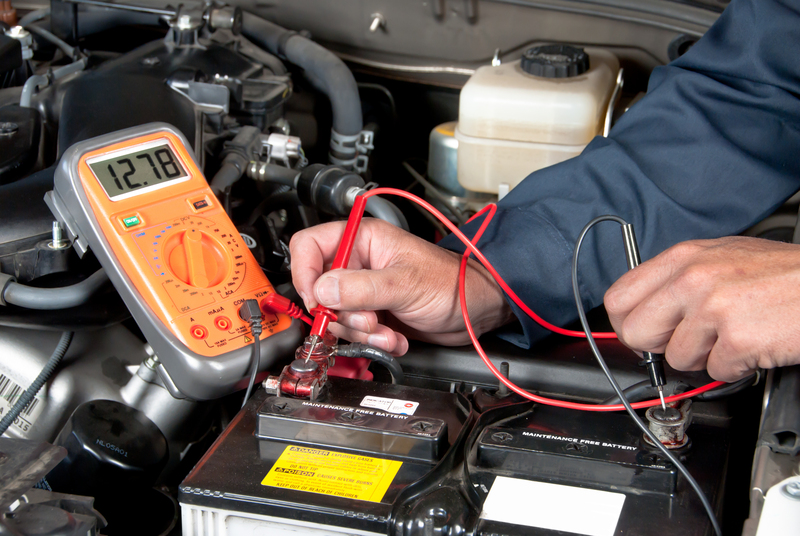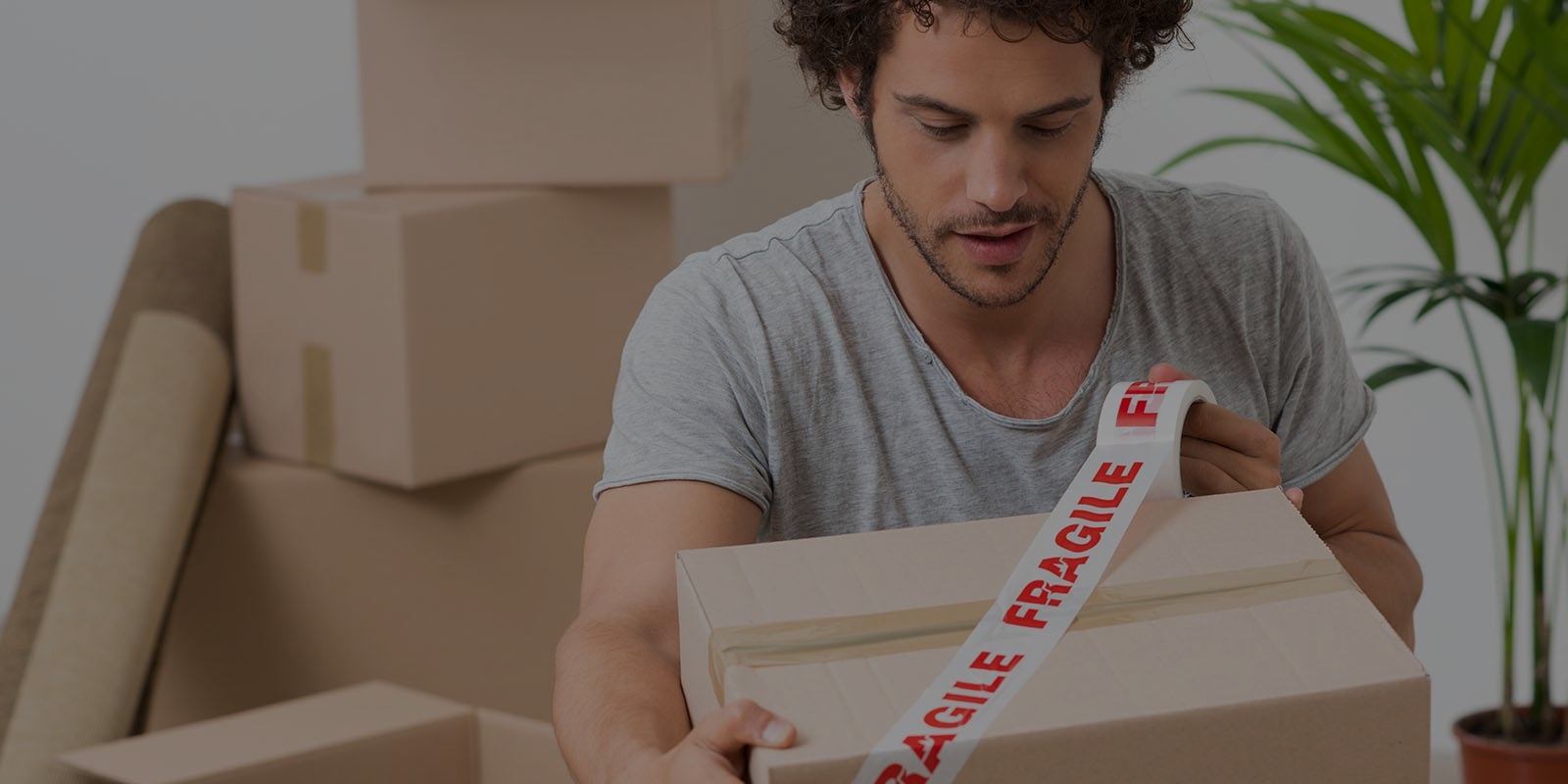Essential Tips to Perfect Your Packing Skills for Moving
Posted on 18/05/2025
Essential Tips to Perfect Your Packing Skills for Moving
Moving to a new home can be both exciting and stressful. Whether you are relocating across the street or halfway around the world, successful moving hinges on how well you pack your belongings. Packing for a move involves more than just throwing things in boxes--it requires strategic planning, the right supplies, and practical techniques to ensure your possessions arrive safely at your new place. If you want to master moving organization and packing strategies, this comprehensive guide is for you!

Why Perfect Packing Is Crucial for a Smooth Move
Poor packing can lead to broken possessions, unnecessary stress, and wasted time. By developing essential packing skills for moving, you minimize risk and streamline your move, making the transition as smooth as possible.
- Save Money: Efficient packing reduces the number of boxes and trips, saving on moving costs.
- Reduce Stress: Knowing where everything is keeps your move organized and stress-free.
- Protect Valuables: Proper techniques safeguard your cherished belongings from damage during transit.
Planning is Key: Start with a Strategy
Before even reaching for that first cardboard box, it's vital to plan your move. A little preparation goes a long way in preventing headaches down the road.
1. Create an Inventory
Make a room-by-room list of everything you intend to move. This inventory will be invaluable for tracking boxes and ensuring nothing gets left behind.
2. Gather the Right Packing Supplies
Invest in quality moving supplies for added protection. Stock up on:
- Strong cardboard boxes in various sizes
- Packing tape and dispensers
- Bubble wrap, packing peanuts, or foam sheets
- Markers and labels
- Scissors and box cutters
- Plastic wrap for furniture
_Using appropriate materials is foundational to perfect packing for moving._
3. Set a Timeline
Begin packing well in advance of your move-out date. Aim to finish non-essentials first and leave daily use items for last. Spreading out the task reduces overwhelm.
Declutter Before You Pack
Don't move what you don't need! Perfecting your moving packing skills starts with minimizing the items you have to handle.
- Donate or sell items you no longer use.
- Dispose of broken, expired, or non-essential goods.
- Recycle where possible--a move is the perfect time to be environmentally conscious.
Not only does this make packing easier, but it also ensures you start life in your new place clutter-free.
Packing Techniques: How to Box Up Like a Pro
4. Use the Right Box Sizes
Tip: Use small boxes for heavy items and large boxes for lightweight goods. Mixing will make boxes too cumbersome or risk breakage.
- Books, tools, and dishes: Small boxes
- Linen, pillows, and clothing: Large boxes
5. Don't Leave Empty Spaces
Fill gaps with packing paper, towels, or clothing to avoid shifting during transport.
Remember: Well-packed boxes minimize movement that could cause damage.
6. Distribute Weight Evenly
- Place heavier items at the bottom and lighter items on top.
- Never pack boxes heavier than you can safely lift, ideally under 50 lbs.
7. Carefully Wrap Fragile Items
For breakables, wrap each item individually using bubble wrap or packing paper. Mark these boxes as FRAGILE and indicate which side is up. Perfecting your packing technique ensures delicate possessions are shielded from shocks and jolts.
8. Use Specialized Boxes When Needed
- Wardrobe boxes: Keep clothing on hangers and avoid wrinkles.
- Dish packs: Extra sturdy for plates, glasses, and china.
- Mirror/picture boxes: Protect artwork and frames from cracks.
Label Everything Clearly
Unpacking will be a nightmare if you don't know what's inside each box. Adopt consistent labeling as part of your essential moving packing skills.
- Mark the contents and destination room on every box.
- Use color-coded stickers or tape for quick identification.
- Mark special notes like "Open First" or "Fragile."
Keep an Essentials Box
Pack a box or bag with the items you'll need right away at your new place. This could include:
- Toiletries
- Change of clothes
- Medications
- Important documents
- Chargers and basic electronics
- Basic kitchen and cleaning supplies
Moving day will be infinitely easier with your essentials within arm's reach.
Smart Packing Strategies for Special Items
Electronics
- Use original boxes if available for the best fit.
- Remove batteries to avoid leaks.
- Take photos of wiring setups for easy reassembly.
- Wrap, cushion, and label each device securely.
Artwork and Mirrors
- Place X-shaped tape across glass surfaces to prevent shattering.
- Use specialty boxes and plenty of padding.
- Label as "Fragile - Glass."
Furniture
- Disassemble large pieces when possible.
- Keep nuts, bolts, and screws in labeled bags taped to the item.
- Wrap corners to prevent scratches and dents.
Clothing
- Use vacuum bags to save space.
- Keep items on hangers in wardrobe boxes for convenience.
- Pack off-season clothes first.
Packing Tips for Moving with Kids & Pets
Moving with the whole family? Involve kids by giving them their own small box to pack. Keep favorite toys and comfort items accessible. For pets, prep a travel kit and update their tags and vet info before moving day.
Don't Forget Moving Day Preparation
- Defrost the fridge/freezer 24 hours before moving.
- Drain water from hoses, appliances, and tanks.
- Prepare your home for movers: protect floors and remove obstacles.
- Keep important documents and valuables with you during the move.
_Advanced packing for relocation includes anticipating these last-minute details._
Common Packing Mistakes to Avoid
- Rushing and leaving packing until the last moment
- Overpacking boxes until they bulge or break
- Using the wrong or weak supplies
- Failing to label boxes or make an inventory
- Ignoring special care for fragile and valuable items
By steering clear of these pitfalls, you sharpen your packing expertise for any move.
Hiring Professional Packers vs. DIY
Consider whether it's worth your time and effort to pack yourself or hire professional packers. Pros offer experience, speed, and specialized materials, but at a higher cost. For those on a budget, mastering the art of efficient moving packing delivers the best value.
- Pack non-breakables and clothes yourself to cut costs.
- Use pros for artwork, antiques, and specialty items.
Unpacking Tips for a Seamless Transition
Packing is only half the job! Once you arrive, start with your essentials box, then unpack by room, beginning with the kitchen and bedrooms. Refer to your inventory to check off items as you go. *Take your time--methodical unpacking ensures an organized start in your new home.*

Bonus Hacks for Effortless Packing
- Take photos of box contents for reference.
- Number boxes to match your inventory list.
- Wrap drawers and utensil holders in plastic wrap for easy transport.
- Use towels and linens for extra cushioning in boxes.
- Keep screws and hardware taped to corresponding furniture pieces.
Final Thoughts: Mastering Packing Skills for a Successful Move
Smooth moving doesn't happen by accident. By following these essential tips for perfecting your packing skills during a move, you ensure your possessions travel safely, your stress levels stay low, and your post-move life is off to an organized start. Investing a little time into packing right saves you hassles, money, and heartache on moving day and beyond.
Whether you're a first-time mover or a relocation veteran, these packing best practices will help you transition efficiently to your new home. Bookmark this guide for your next move, share it with friends, and happy packing!
For more moving tips and guides, explore our blog and stay tuned for expert advice on simplifying your next move!







